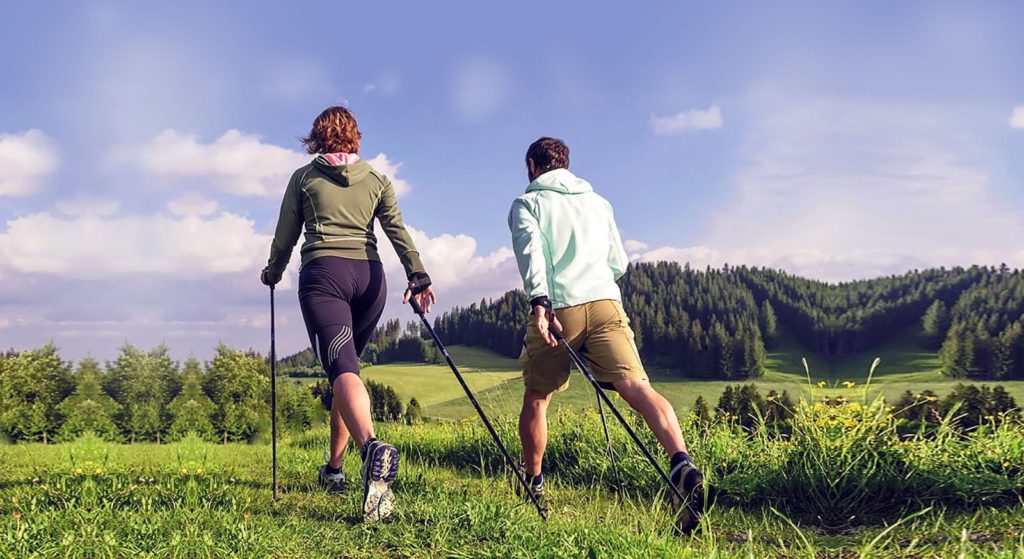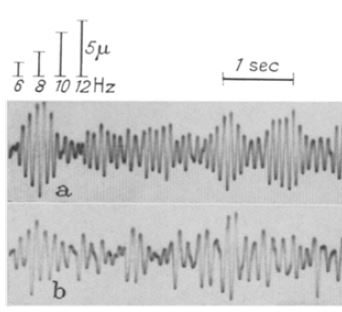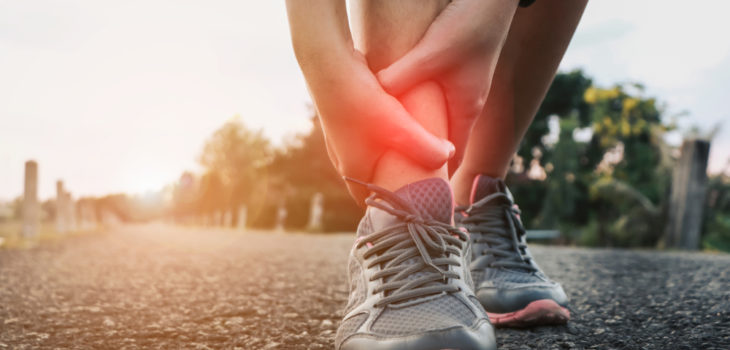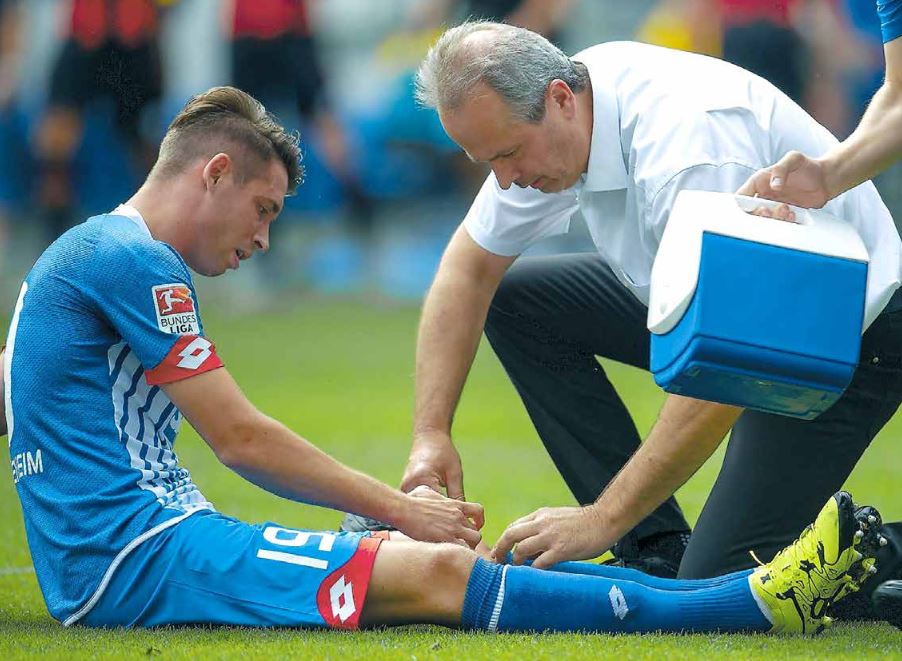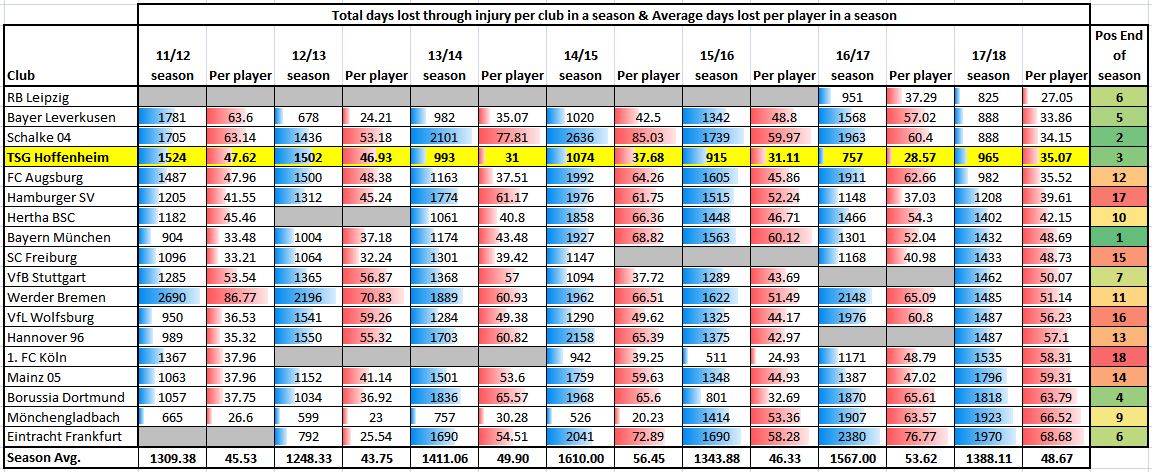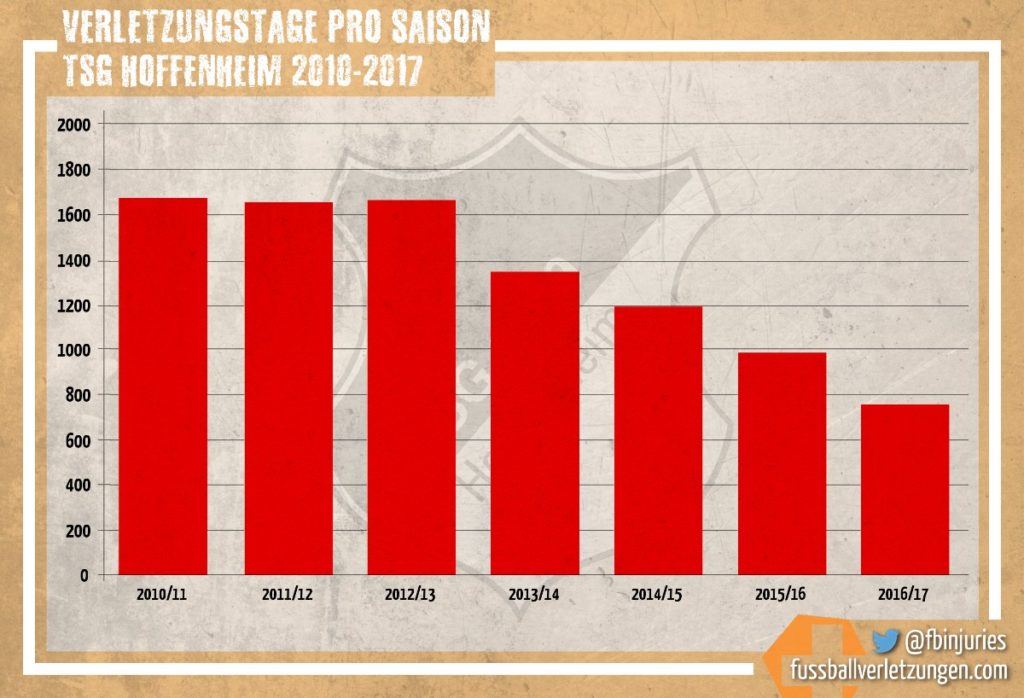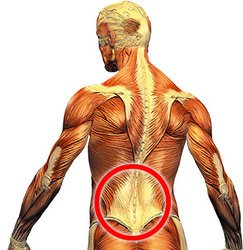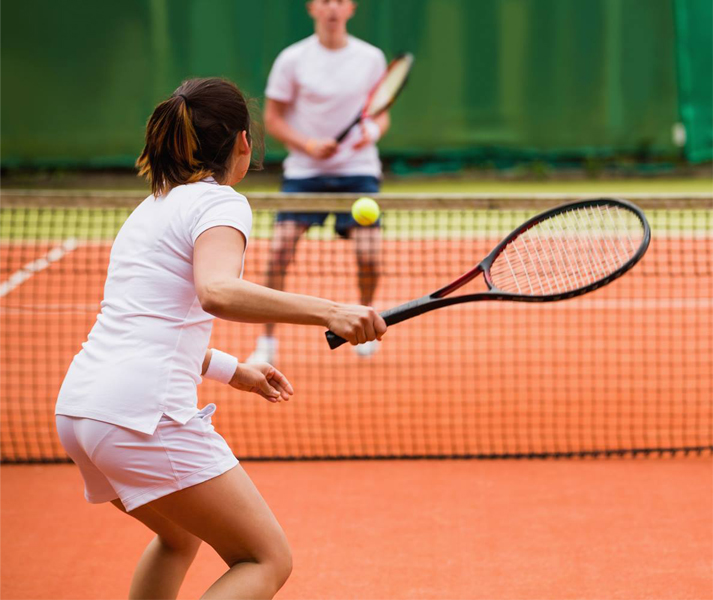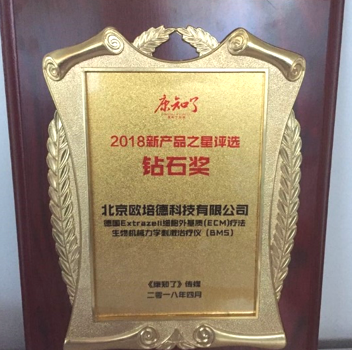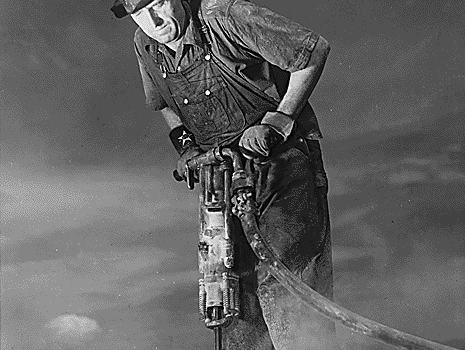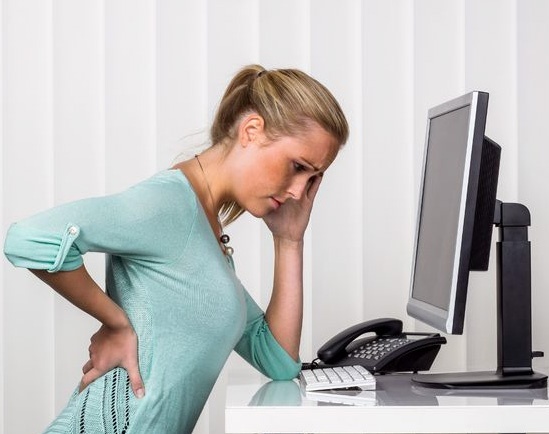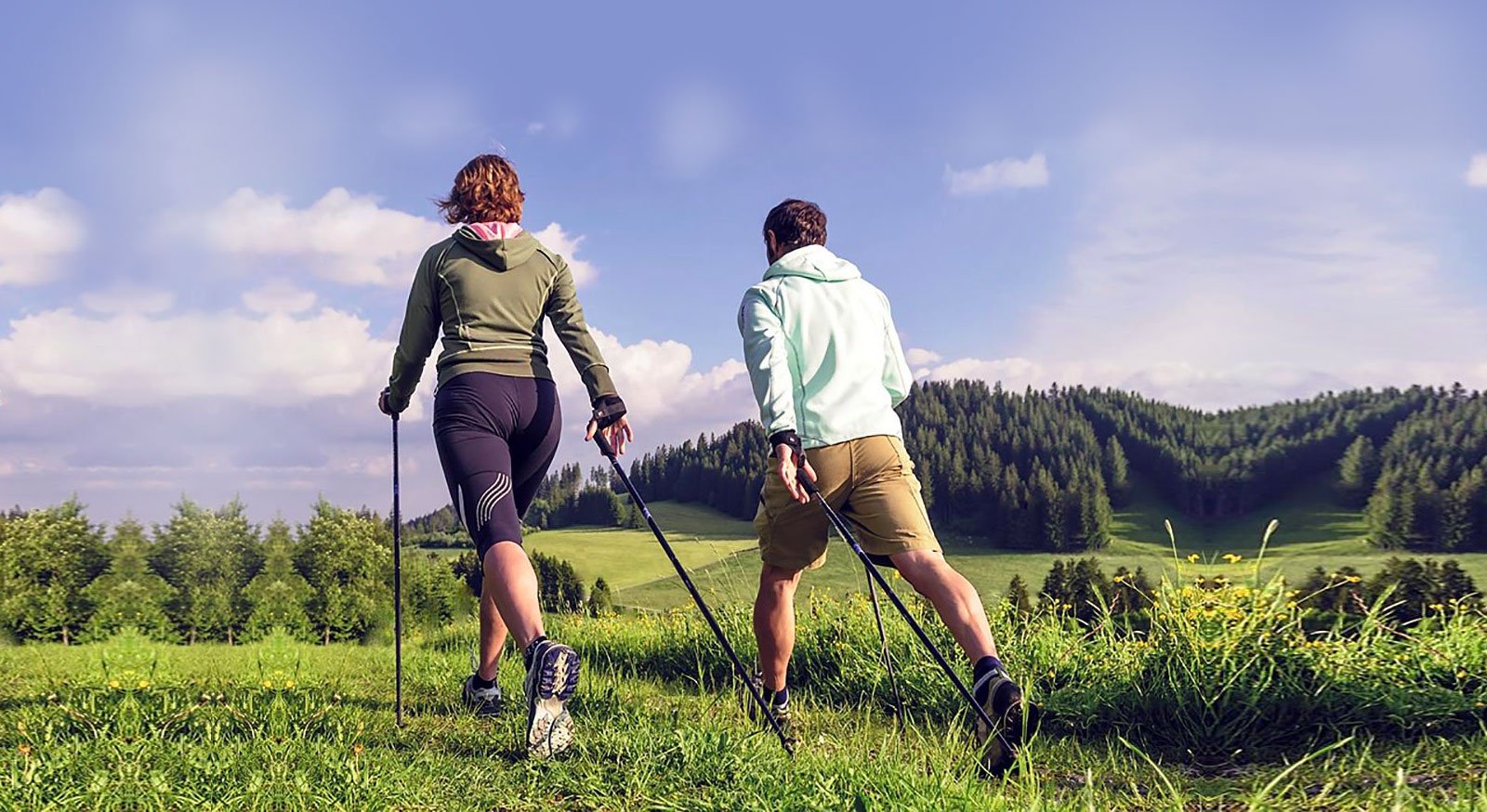
Preventing osteoarthritis
Painful joint ‘wear and tear’ as it’s often called is becoming more frequent and is increasingly affecting younger people. We crave information, as arthrosis is potentially an avoidable disease, to understand the mechanisms and how to help prevent it.
Joints are a brilliant thing. We own about 140 of them, including the six large ones: shoulder, elbow, hand, foot, knee and ankle. They allow us wide-ranging and tiny movements, from expansive running to waving with the little finger. We can jump, dance, flex and bend – thanks to a well-balanced interplay of joints, tendons and muscles.
To be able to move so self confidently we believe that we completely understand ourselves. But when these miracle joints begins to ache, it brings to an end the lofty momentum and the running. All of its components must work together perfectly to allow us a complex and painless movement.
Joint Wear
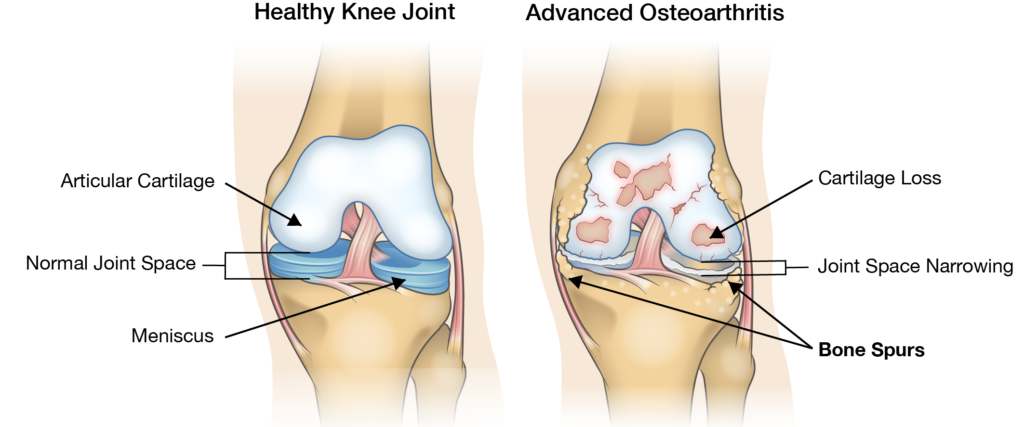
This synovial fluid, whose main component is the body’s own Hvaluronic acid, prevents the bony surfaces from rubbing against each other and cushioning impacts. In addition, it supplies the articular cartilage with nutrients such as amino acid and glucose. The meniscus (blue in the picture) is a cushion structure made of cartilage which fits within the knee joint between the tibia and femur tissues that provide structural integrity to the knee when it undergoes tension and torsion. In order to stay articulate in the truest sense of the word, our bone hinges must be moved in a straight line. Only then they are well supplied with blood and the cartilage layer is supplied with sufficient nutrients via the synovial fluid. As paradoxical as it sounds, the steady movement that our joints undergo in the course of a lifetime also causes wear on the cartilaginous layers.
What is osteoarthritis?
Especially when other factors are added, the joint can be damaged by normal cartilage degradation. This can e.g. be a hereditary disposition (genetic), body weight, professional activities and sports with one-sided stress, injuries, diseases such as type 2 diabetes or Rheumatism. This is referred to as osteoarthritis, which typically manifests itself initially in joint pain and stiffness.
The so-called resting pain after rest periods, e.g. Getting up from bed or seat at the first steps is a sudden, sharp pain and stiffness that usually relieves upon further movement.
Other symptoms of osteoarthritis include:
* Joint hurts under light pressure.
* It is less mobile, swollen or nodular (especially in finger arthrosis). Traditional movements are more difficult. If the joint flexes, rubbing or crunching is to be avoided.
* The pain becomes more severe with physical stress, jerky movements or cold and damp weather.
Arthrosis can develop in any joint. Most often, however, it occurs in the large joints, which are heavily loaded by wrong movements or body weight, on the knee (gonarthrosis) and the hip (coxarthrosis). Frequently affected are also the small joints on the hands or fingers, the small vertebral joints and the joint on the big toe.
Osteoarthritis is not curable. Physiotherapy and other measures such as BMS Matrix therapy help greatly, as well as lifestyle changes, can improve symptoms and delay the process for a long time. In advanced osteoarthritis, the diseased joint is often replaced by an artificial one by means of surgery. But that is basically the last resort, its better it does not get that far. And you can do a lot for yourself.
Osteoarthritis – the fate of old age?
Although the wear and tear of the joints is normal over time, by no means all older people suffer from the disease of wear. But it is often a frequent companion:
From the age of 60, more than half of the women and one third of the men become affected. But there is something to think about: according to a study by Harvard University (USA), the numbers of knee arthroses have doubled since the early industrial era to the present day. The researchers, who had studied more than 1500 skeletons, were surprised themselves by their results: “Our analysis contradicts the view that the cases of knee osteoarthritis are increasing in recent times… because people live longer or are more often overweight. We need to examine additional, probably avoidable, risks that have become ubiquitous in the last half-century”, the study says.
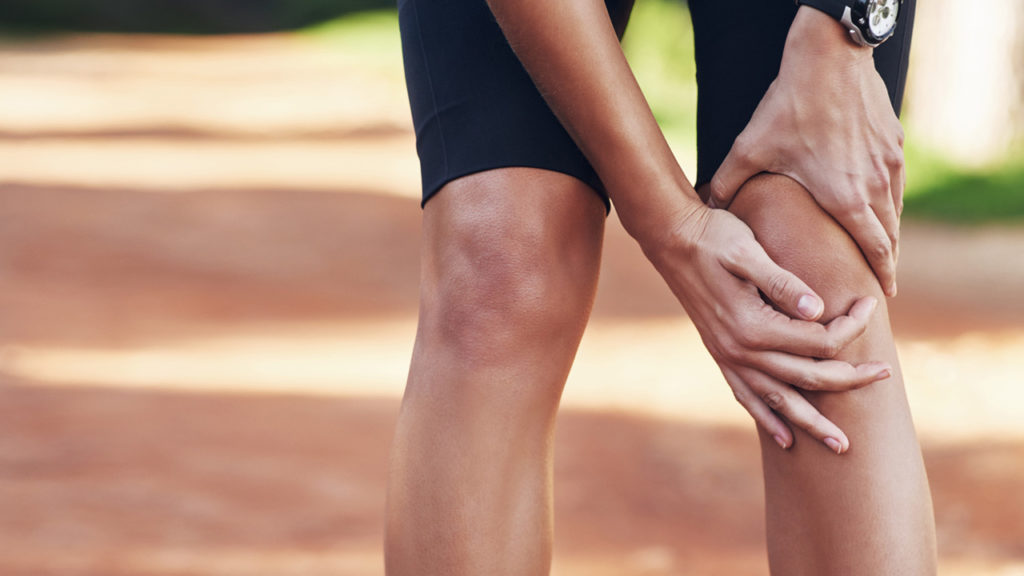
Risk factors – especially for the young
Of course, age plays a role in the emergence of osteoarthritis. But the Harvard scientists cite a whole series of other risk factors that could play a role in this case, for example, running on hard surfaces and the wrong footwear.
They are very clear on the topics of exercise and unhealthy nutrition. Physical inactivity has “become an epidemic” in recent decades, leading to a poorer and poorer cartilage layer within the joints and weaker muscles. However, too little exercise, combined with these weaker muscles can no longer sufficiently stabilize and protect the joints, and a diet with too many highly processed, short-chain carbohydrates make for chronic inflammation and increased body-weight.
Prevent and alleviate: Nutrition
Three basic rules for eating should be heeded, if you want to prevent osteoarthritis or even if you are affected by the disease: Avoid becoming overweight or reduce weight, eat we balanced, versatile and healthy food, avoid the foods that promote inflammation.
Too much body weight is considered one of the major risk factors for the development of osteoarthritis. The reduction of body weight is therefore a central measure for the prevention or alleviation of arthritic pain.
Generally, a well-balanced diet with meat, fish, dairy/cheese, many vitamins, minerals, plant antioxidants and importantly the right fats but avoiding refined carbs is recommended, generally a healthy mixed diet, as it has long been known, the “Mediterranean diet“. The term “diet” is misleading though, because it is actually a nutritional form that can keep us slim and healthy throughout our lives. But you can also lose weight eating a Mediterranean style diet whilst avoiding the carbohydrates.
It is not without reason that Spain and Italy landed in the first two places and two other Mediterranean countries in the top ten in a World Health Survey of 2018 (Bloomberg Report) (Israel rank 10, France 12th place).

Healthy nutrition to help osteoarthritis
* Plenty of fresh salads, lots of non starchy green vegetables, seasonal and organic. Season with fresh herbs and garlic. In this way, you can achieve a high proportion of antioxidants with anti-inflammatory effects and some fiber.
* Spices such as turmeric, ginger, nutmeg, cumin and coriander are attributed to have a positive effect on osteoarthritis.
* Avoid too many carbohydrates such as rice, pasta and bread. It is better consumed as wholegrain, but the Mediterranean countries are not really known for their whole grain consumption! So if you do want to eat carbs go for wholegrain products with longer-chain complex carbohydrates which are better as they more difficult to breakdown so the blood sugars rise more slowly and fill you up quicker, as always keep quantity low.
* Avoid all refined carbohydrates (white bread, savory snacks, snack bars, cakes, etc.) and ready meals with plenty of fat and sugar.
* Avoid High-oxalate foods, many plants contain oxalate, so it’s hard to avoid it entirely. But some foods have much more than others so if you are sensitive to these try to limit: Rhubarb, Almonds and Cashews, Miso soup, Grits, Baked potatoes with skin, French fries, Sweet potatoes, Beets, Cocoa powder and Chocolate, Okra, Bran cereals and wheat cereals, Raspberries and Stevia sweeteners.
If you eat or drink calcium-rich foods at the same time, they can help your body handle oxalat high foods and avoid some of the problems.
* Dairy products including cheese – which you need, among other things as a calcium supplier and for the supply of vitamin D. Goat and sheep’s milk products should also have an anti-inflammatory effect.
Several times a week, fresh fish and seafood should put precious proteins on the table and deliver Polyunsaturated fatty acids such as omega-3 fatty acids (anti-inflammatory) e.g. contained in salmon, tuna and herring.
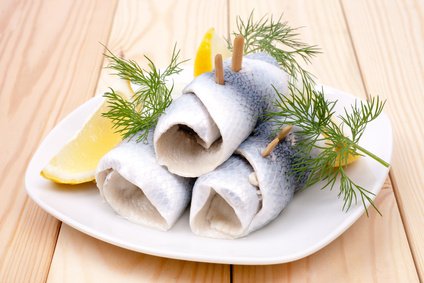
* For fat, use only cold-pressed oils such as olive, rape seed oil, also linseed and walnut oil. As well as nuts, they contain alpha-linolenic acid, a precursor of omega-3 fatty acids, walnuts, almonds and so are also suitable as a snack. Avoid most modern chemically produced vegetable ‘seed’ oils obtained by using a solvent such as hexane.
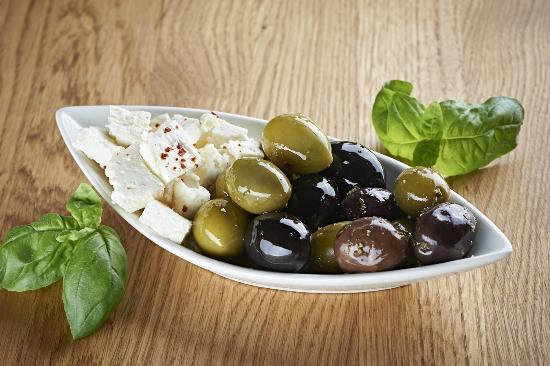
* For meat, red meat is preferable as poultry and eggs can contain higher levels of inflammatory arachidonic acid which is an omega-6 fatty acid cited as being involved in our body’s inflammatory response, as high arachidonic acid consumption is not advised for individuals with a history of inflammatory disease, or who are in compromised health.
* Avoid highly processed foods, such as breakfast cereals, frozen pizza and processed sausages (containing low meat content).
* Drink plenty, preferably water, no sodas or fruit juices. Even the most popular smoothies promoted as healthy contain far too much sugar.
* You do not have to do without butter, coffee or a glass of wine. Here, as always, the principle applies: The amount consumed is crucial, but in all cases you should give up smoking.
Prevent and alleviate: Movement
Exercise and sports – these are central to the topic but also a sensitive topic in osteoarthritis. In addition, a lack of exercise often leads to a greatly increased risk of developing osteoarthritis, and some forms of wrong movement will exacerbate arthritis. The problem being that pain within the joints already causes many patients to move less, this is where BMS Matrix therapy can help greatly by relieving this pain and enabling movement so the under-stressed cartilage can be stopped from continuing degradation and the symptoms progressively getting worse.
Osteoarthritis prevention begins in principle in childhood. Studies show that children who move a lot build a larger cartilage volume than inactive peers. Sports in adulthood make cartilage more stable and less prone to injury, and the holding and stuttering muscles develop better. But you should choose a sport that moves the joints in a gentle way.
So-called high impact “stop-and-go” sports with fast and abrupt movements and change of direction carry an increased amount of risk
Osteoarthritis risk: e.g. Foot and handball, (ice) hockey, basketball and volleyball, tennis, alpine skiing or martial arts. The sudden changes in movement place extreme strain on the joints and thus on the cartilage. In addition, the risk of injury is high – and any joint injury carries a risk for a later problems. It is no coincidence that many professional and extreme athletes suffer from arthrosis at a young age.
Prominent examples are the German Olympic ski champion Markus Wasmeier, who received two artificial hip joints while he was still under 50 years of age, and tennis player Boris Becker, who received his at 43 and 47 years of age. Many experts also advise against running and jogging, since the strain on the joints can be very high, especially on hard surfaces.
This is again where BMS matrix therapy has proven to be extremely effective in combating arthrosis, as the build-up of contraction residues and acidity within the tissues caused by the stresses and strain of extreme activity need to be removed, otherwise they start to trigger the effects of arthrosis and over time the body loses its abilities to regenerate from the continual wear and tear processes leading to eventual osteoarthritis.
Healthy movement with osteoarthritis
In principle, all “gentle” (endurance) sports are suitable for staying in motion as a person with osteoarthritis. But beware: not all are suitable for every type of arthrosis. Thus, cycling, especially on uneven field and forest roads, can make a wrist arthrosis worse, the crawl swimming similar for shoulder osteoarthritis.
* The first place to look in the world of ideal sports is Nordic walking, hiking (especially on even surfaces) and dancing. but also paying attention to the right running technique and good footwear.
* Swimming at water temperatures of 26 to 28° C, aquafit and water aerobics, (not too vigorous) cycling and cross-country skiing are also suitable.
* Tai Chi or Qigong, with their slow movements, protect the joints and train the tendons, ligaments and muscles with gentle forces and strain.
Adhere to the simple and basic rule: “Exercise Yes, Stress No.” Then you will also find the right form of exercise with which you and your aching joints can feel better.
